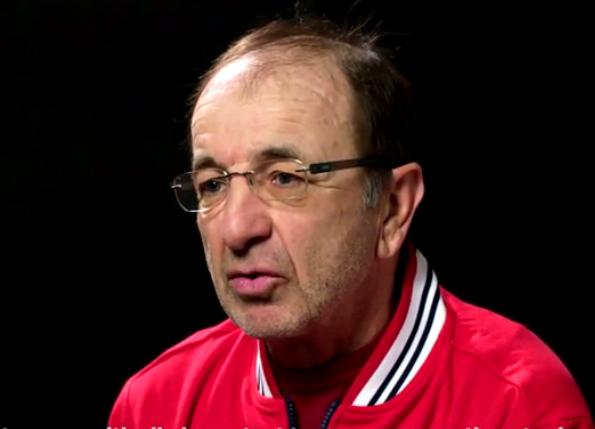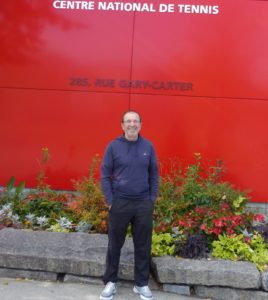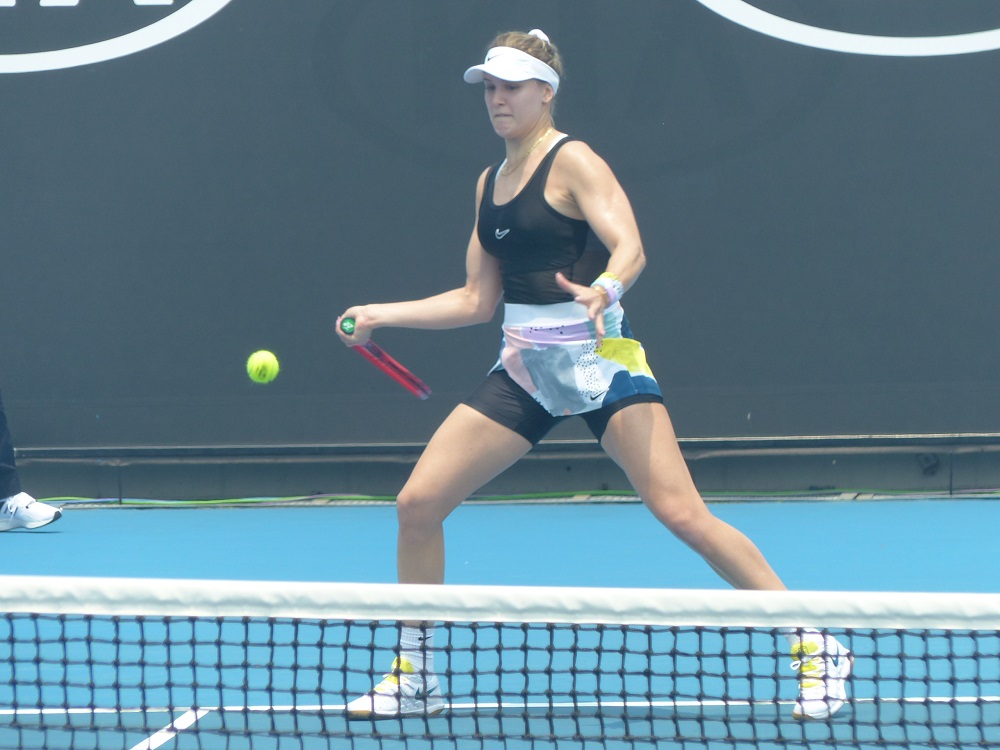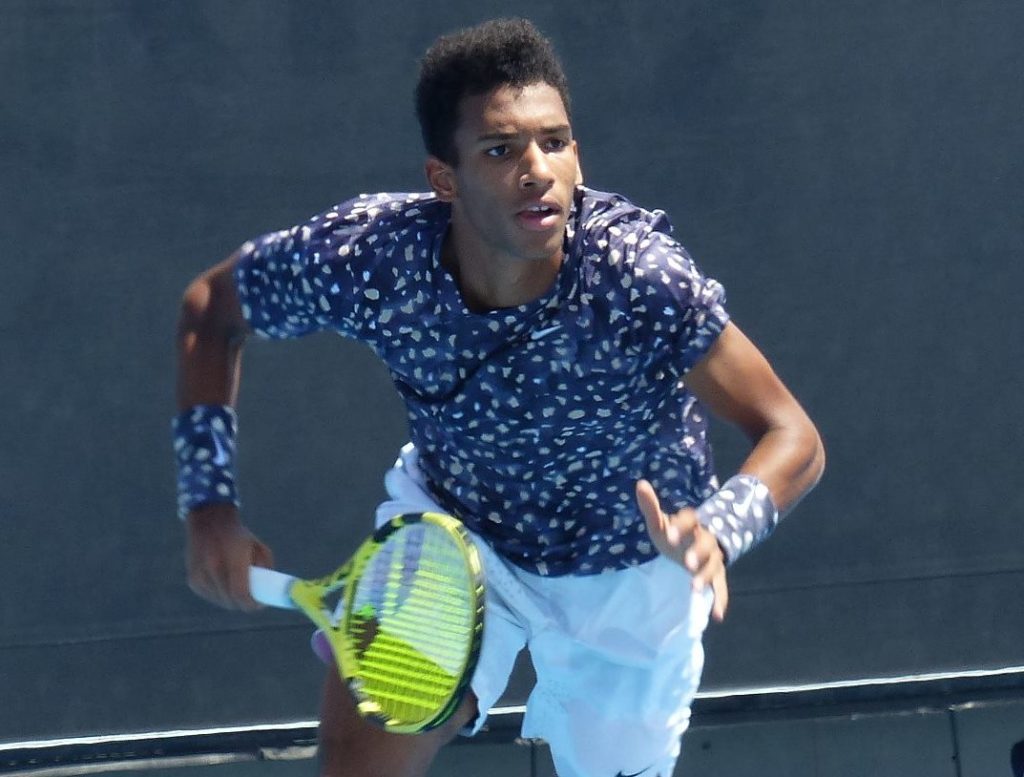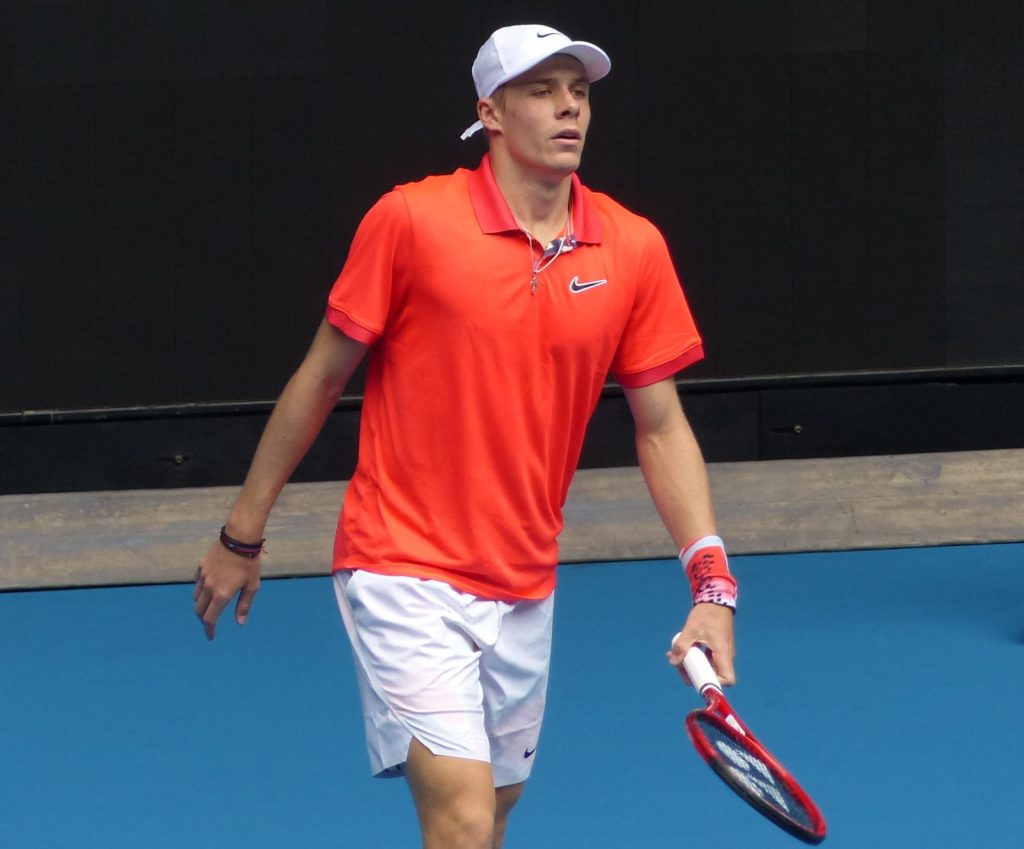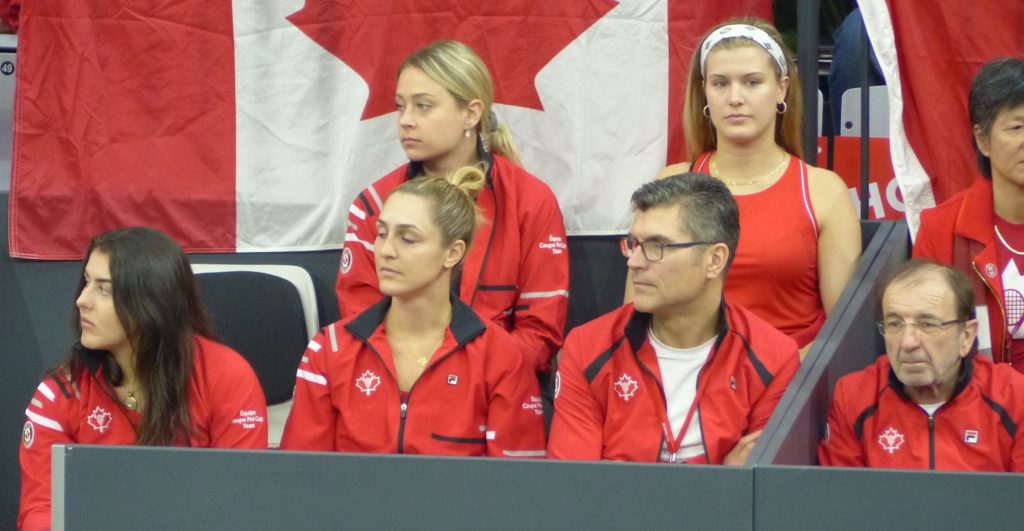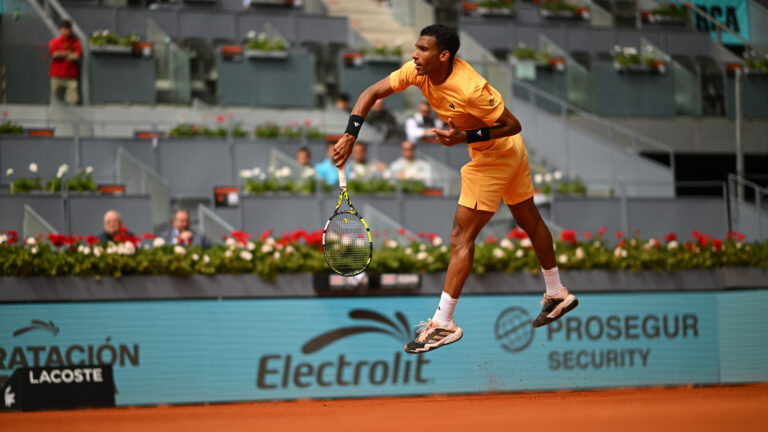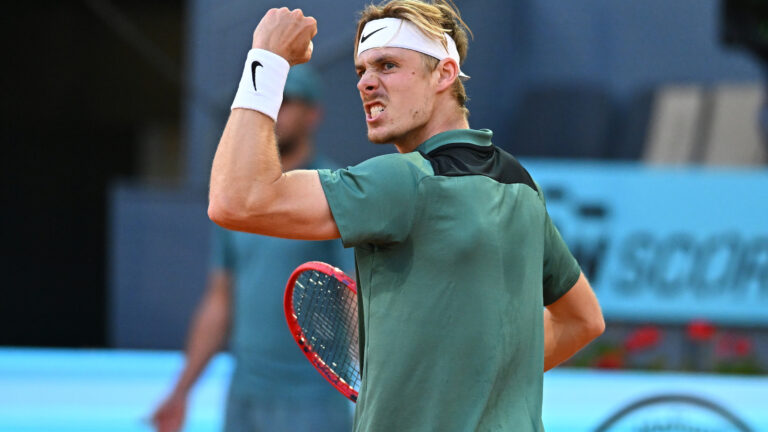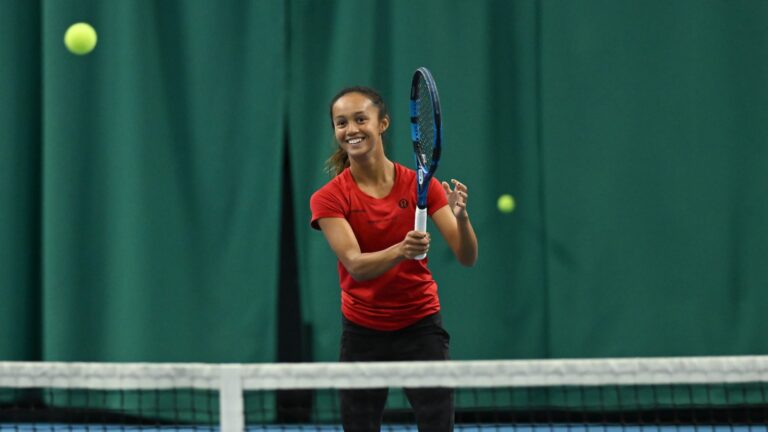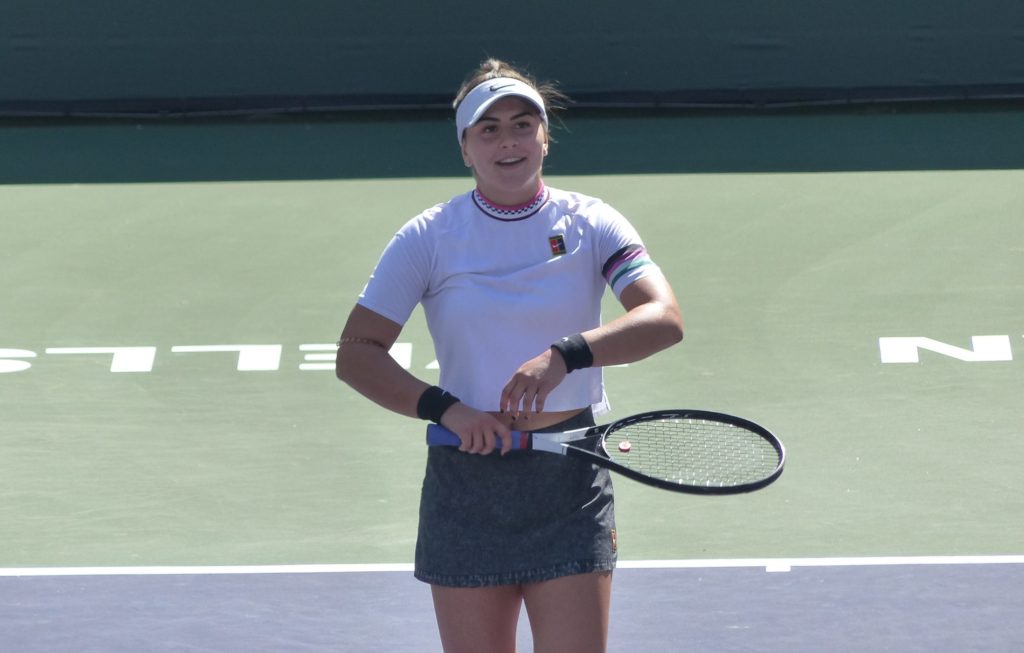
|08.02.2020; Biel; Tennis Fed Cup – Schweiz – Kanada;
Louis Borfiga, Tennis Canada’s Vice President of High Performance, has been with the national sport governing body since 2006. He came to Canada after working at the French Tennis Federation where he helped develop young players such as Jo-Wilfried Tsonga, Gilles Simon, Gael Monfils and Julien Benneteau. Borfiga, 65, has been a dynamic force in the emergence of the recent impressive group of Canadian players. He talks about them in the interview here.
Q: How do you tell if a young player has the talent to make it in professional tennis? What are the key things you look for?
LB: It’s a tough question because I think it depends on the age when you see the young girl or boy and start following them – maybe at 11 or 12 if they’re playing well. The most important criteria are the love of the game and also the physical and tennis abilities. To reach a high level you can’t have technical limits, nor physical limits, but mainly technical limits because you need a solid base when you’re young.
Q: You can’t change technique?
LB: You can change technique but sometimes there are changes that are rédhibitoire (crippling). Things you can’t change because they’re just too important.
Q: You have become something of a genius because many people doubted you after the Fed Cup in Montreal in April, 2017 – 16-year-old Bianca Andreescu lost 6-4, 4-6, 6-4 to No. 31-ranked Yulia Putintseva before clinching a 3-1 win for Canada against Kazakhstan by defeating No. 51 Yaroslava Shvedova 7-6(1), 6-4 – when you, a normally wise, prudent guy, said that Andreescu was going to win a Grand Slam title. Some wondered why you would make such a rash declaration. It was almost like predicting last year that the Toronto Raptors would win the NBA title.
It was of that magnitude – so what made you say that?
LB: I’ve always believed in Bianca’s potential because I’ve known her since she was little – about 10 or 11 years old. And by 14, I’d seen her play some really good matches. And also she has a way of winning matches with her mental toughness. When I said that (in 2017) after Fed Cup she was 16 and she had played dream tennis. She wasn’t afraid by what was at stake and I’d seen that she really knew how to play tennis – she was already winning Challengers. I saw that she had a superior potential to the other girls. I wasn’t certain, but I thought she had a good chance to win a Grand Slam.
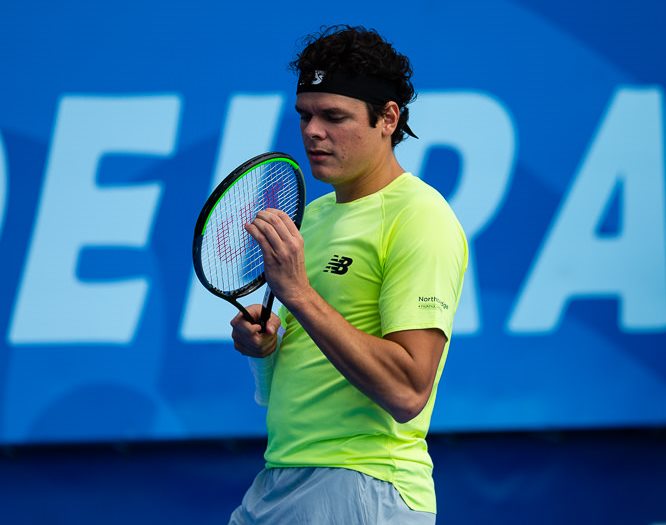
Q: Can we talk about other Canadian players – starting with Milos. What did you see in him when he was young?
LB: When I first saw Milos I thought he would make the top 100. And (Tennis Canada coach) Guillaume Marx who worked with him for quite a while and (Tennis Canada coach) Frédéric Niemeyer who worked with him for quite a while – he kind of surprised all of us. At 19 or 20 he had achieved things that we hadn’t expected. We thought he would be good at 22 and he was good much younger. And since then he’s had quite a career – he made the final at Wimbledon and he’s won eight tournaments. It’s been impressive.
Q: What about Genie Bouchard? When did you first see her and what did you see in her?
LB: Eugenie, frankly I got to know her when she was 14 years old. Then I followed her when she was 15 or 16 and she had a base that was pretty solid. She won a lot of matches and she was very consistent. She practiced very seriously and she had a good chance to accomplish the things that she has been able to accomplish.
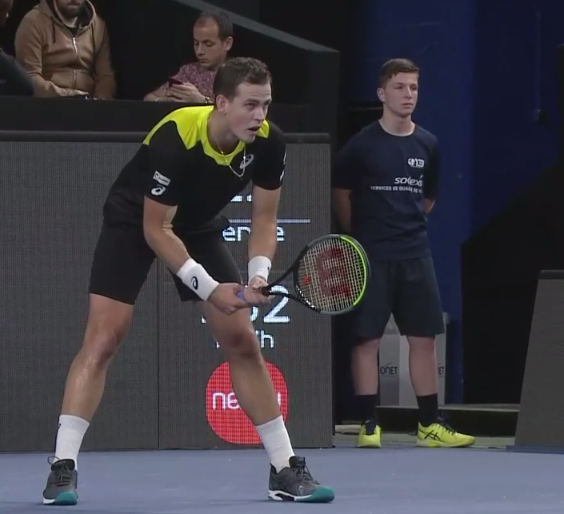
Q: And Vasek Pospisil?
LB: Vasek I didn’t know quite as well but I followed him when he was a junior. As a junior he started to have very good results. And he was a guy like Gilles Simon – he loved to play and he played a lot. He won a lot of Futures tournaments when he was 18 and it doesn’t surprise me at all that he then progressed and he’s now having a very fine career.
Q: And Félix, he’s the one that you’ve known the longest?
LB: I’ve known him since he was very young. He was six years old when I arrived (in Montreal from the French Tennis Federation) and I saw him by chance when they were having try-outs for young players. When he was 12 years old it was already very impressive how hard he hit the ball. I thought that he could be really, really good. But then you never know what will happen at 14 or 15 years old, but he continued to get better.
Q: Did he have something special?
LB: His ball striking was special – his power was incredible.
Q: And Denis?
LB: Denis I saw him often. I went to Toronto often and I saw him. He already had an arm with that kind of easy power. He was positioning a little too far back from the baseline and (Tennis Canada coach) André Labelle was encouraging him to get closer to the baseline. But already you could tell he had facility sort of like Henri Leconte (the 1980s and 1990s Frenchman who was one of the most explosive ball strikers in tennis history) the way the ball really came off his racquet.
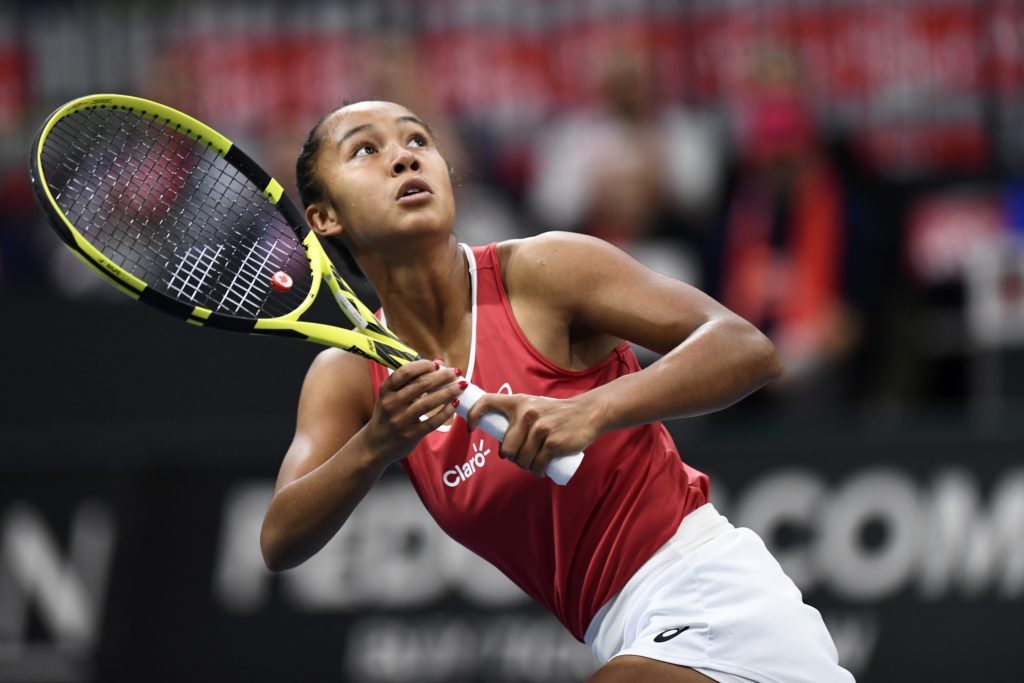
Q: And Leylah?
LB: Leylah, I also saw her when she was very young because she was training with André Labelle in Montreal when she 10, 11 or 12 years old. After that she followed her own path but she trained for a long time with her coach Francisco Sanchez, a Belgian. Honestly, as the years went by, she was playing better and better. And now she surprises me because she’s really raised her level. She’s got something really important for me – she loves the game and she’s super, super motivated and super serious. It’s incredible.
Q: Over the years, in what way do you think you’ve gotten better at telling who’s going to be good – have you gained a certain wisdom? Are there basic things that you’ve learned?
LB: I know what I don’t know, that’s what I’ve learned. I know that you have to be careful saying he or she will be good or not good. You have to take a group of young players and train them well and then you’ll see. Drawing conclusions too quickly…you can’t say someone will be good or not good. There are always lots of surprises.
Q: Are there any players that have let you down – players that you thought would be better that didn’t turn out that way?
LB: Not many – the ones that should have been good have been able to have good careers. In that sense it’s been quite satisfying.
Leylah excels in Mexico
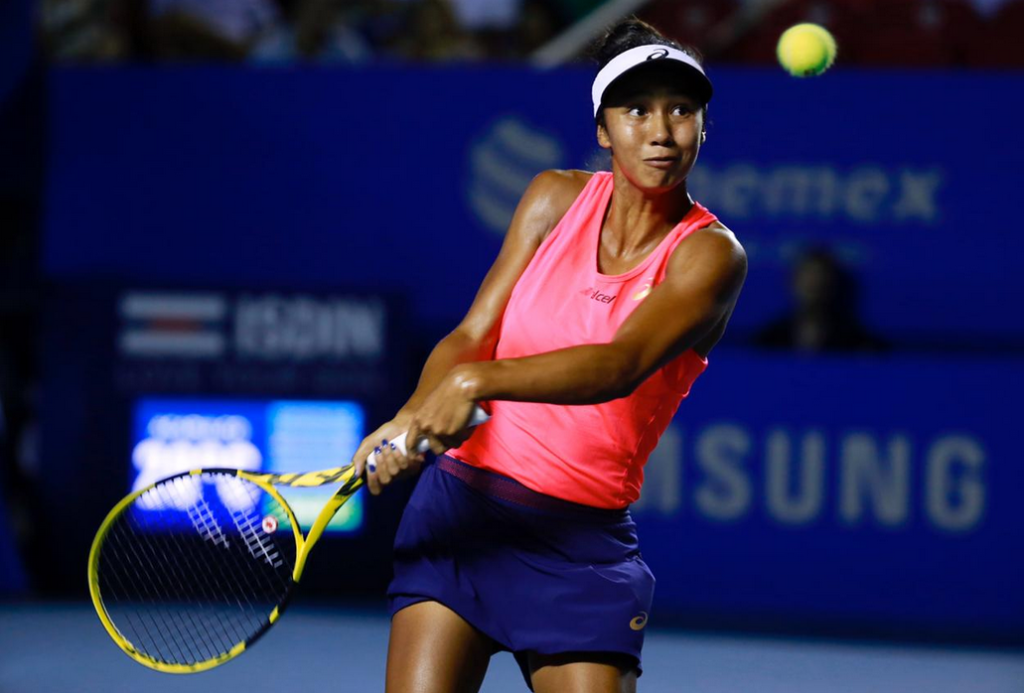
Still more than six months away from her 18th birthday, Leylah Annie Fernandez continues to amaze with her performances on the WTA tour.
Last week she had a remarkable tournament in Acapulco, going through the qualifying all the way to the final before losing 6-4, 6-7(8), 6-1 to No. 69-ranked Heather Watson of Great Britain.
Fernandez won two matches in qualifying, including defeating Lizette Cabrera of Australia who had beaten her in the National Bank Challenger final last July in Granby, Que. Then four matches in the main draw, including beating three top-100 players, to reach the final.
She started 2020 ranked just outside the top 200 with the expressed goal of breaking into the top 100 this year. In the first two months of 2020 she has made tremendous progress and currently is No. 126 in the WTA rankings.
The Fernandez family story is an inspiring one – with Leylah Annie and younger sister Bianca, also an aspiring player, moving to Boynton Beach, Florida, from Montreal in 2018 with their parents Irene and Jorge. The girls practice on public courts much of the time and take nothing for granted in their quest for tennis success.
A lot of sacrifices have been made by her parents and it’s no wonder that Leylah Annie is a level-headed and super determined. After she qualified for the 2020 Australian Open in January – assuring herself of main-draw, first-round loser’s prize money of $90,000 AUS ($80,825 CAN) – a French reporter asked her if she would now be doing some “shopping.” Fernandez was quick to respond, “I don’t like shopping.”
With all the efforts the family has made – including father Jorge having to sell his car at one point – Leylah Annie wasn’t about to be making any frivolous purchases. “We’re not rich,” her father/coach Jorge said during a Radio-Canada interview last year, “but we’re rich in our values and we’ll succeed.”
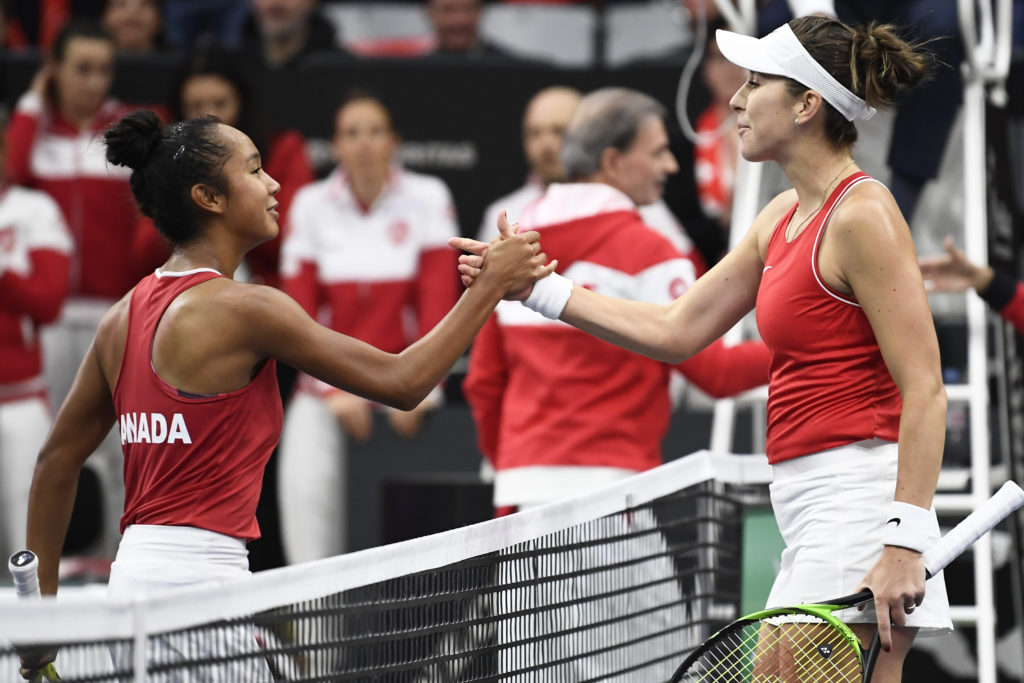
This week, Fernandez is playing the WTA International event in Monterrey, Mexico, having received a special exempt entry after not being able to play the qualifying event because she was in the semi-finals in Acapulco. She was originally scheduled to play No. 60-ranked Lauren Davis of the U.S. – to whom she lost 6-4, 6-2 in the first round of the Australian Open. But the draw had to be revised and Davis moved so Fernandez will now face No. 108-ranked Stefanie Voegele, 29, of Switzerland. It will be a first meeting but the two players did see each other last month in Biel, Switzerland, during the Fed Cup Qualifying between their two nations. Voegele did not play but Fernandez did and went 1-1 – including an impressive 6-2, 7-6(3) victory over world No. 5 Belinda Bencic (picture above).
The Fernandez – Voegele match is scheduled for not before 4 p.m. ET in Canada on Tuesday.
